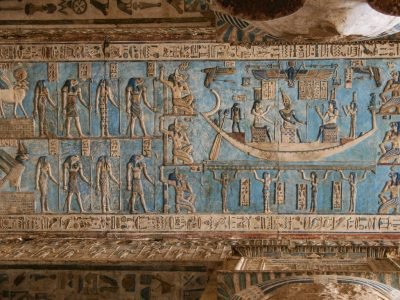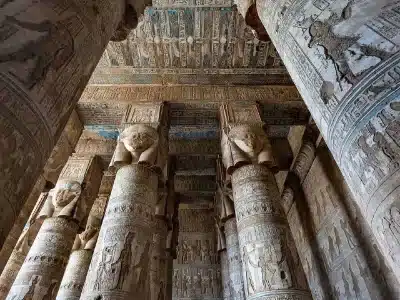from 0 review
fullday
Daily Tour
8 people
All Languages

The Qena Dendera Temple Tour by Mini Van is a journey through mythology, architecture, and ancient cosmology. Dedicated to Hathor, goddess of love, music, motherhood, and joy, the Temple of Dendera is one of Egypt’s most well-preserved historical complexes—and traveling by mini van makes it comfortable, flexible, and intimate.

Because this tour is more than a trip—it’s a pilgrimage. The Temple of Hathor blends history, spirituality, and art, making it one of Egypt’s hidden treasures. By mini van, it’s a smooth, personal journey that reveals the mystical heart of Upper Egypt.
Leave a review